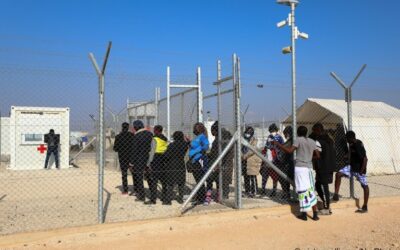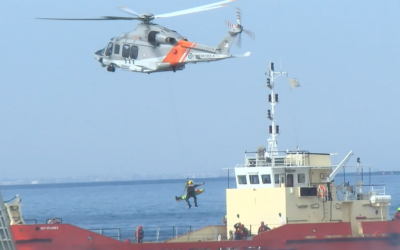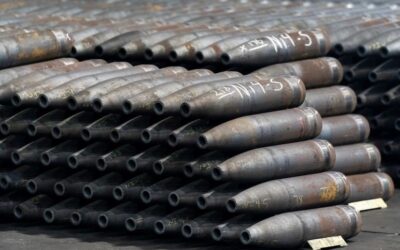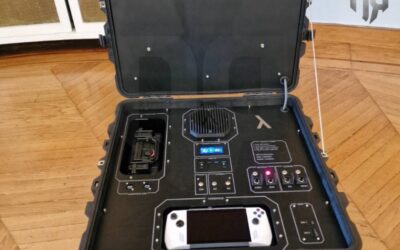The Ministry of Interior of Cyprus announced the suspension of the assessment of asylum applications for Syrians, because of pending…
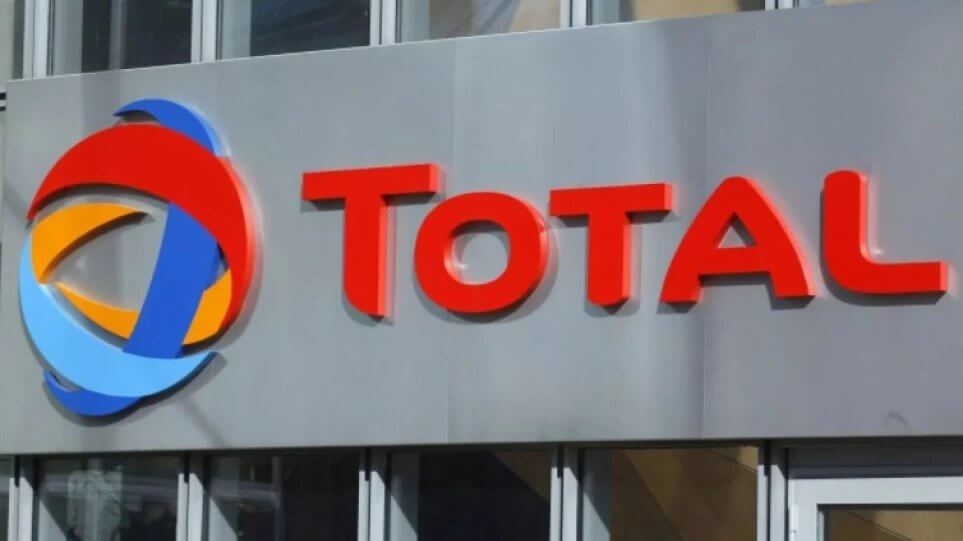
Total announced yesterday its withdrawal from the two research areas of Western Crete and Southwestern Crete.
“After the completion of surveys carried out in the research areas in Western Crete and Southwestern Crete, TotalEnergies has decided to withdraw from the two blocks,” the company announced, noting that it informed the authorities and its partners about this decision.
“TotalEnergies remains committed to the development of renewable energy sources (RES) in Greece. It continues its activity in Greece through its subsidiary TotalEnergies Marketing Hellas,” the announcement emphasized.
The French TotalEnergies participated together with ExxonMobil and Hellenic Petroleum in the research Consortium in the specific areas.
What comes next
The official announcement of Total confirmed the information that the French company had second thoughts in relation to the two concessions for hydrocarbon exploration in the south and west of Crete.
The departure of the French company, however, was not unexpected, as Total had made its intentions clear in advance at all levels, Capital reported.
In fact, according to information, already about two months ago, when a government official, who had contacts with Total representatives, visited France, it was said that the company now focuses on investments in RES and not on hydrocarbons.
This very information had already mobilized the Greek authorities which are looking for a possible replacement for the French company.
According to the concession agreement, the other two shareholders of the consortium, ExxonMobil and Hellenic Petroleum will have the first say after Total’s withdrawal. Until then, however, the consortium was as follows: Total 40%, ExxonMobil 40%, and ELPE 20%. The two remaining shareholders will be asked to respond if they want to increase their stake by taking Total’s share. Only in case, there is no positive response from the existing shareholders will the way be opened for a new player(s) participating in the consortium.
Information that had come to light stated that the Hellenic Hydrocarbon Resources Management SA (EDEY) had already started the processes in order to find potential interested parties.
Regarding the two concessions in Crete, these are the most promising areas for the existence of large gas fields, but at the same time the less mature ones where the immediate acquisition of seismic data is imperative. The goal is for this to happen in the winter season of 2022 – 2023. The three-dimensional seismic surveys will follow in 2024.
Also read: K. Mitsotakis | Precipitation of gas extraction explorations
According to the planning announced by EDEY, the decision for drilling or withdrawal is expected to be made in 2025 – 2026, while the development of the field will take place in 2027. Production is set for 2029 if everything goes smoothly.
It is worth mentioning that the two sea plots in the south and west of Crete extend to about 40 thousand square kilometers, equal to the size of the Peloponnese. The research phase is divided into three stages: geophysical studies and the acquisition of two-dimensional seismic data in the two blocks. The three-dimensional seismic data will then follow, while finally, the research drilling at a depth of 4 thousand meters will take place.
Regarding the investments required for the development of the potential deposits, according to recent estimates made by the southeast European Energy Institute, for every 1 TCF of potential deposit, investments of 2 billion euros are required, which means that for a possible 10 TCF deposit in Crete € 20 billion in investment is required.
In any case, for the region south of Crete, the southeast European Energy Institute estimates that there are satisfactory indications that could attract large companies, as long as major concessions are made, over 20 thousand square kilometers, as was the case with the concessions in the south and west of the island which attracted Total and ExxonMobil.
Also read: Ιnstitute of Energy for SE Europe (IEΝΕ) | “Serious indications for natural gas deposits in Greece”
READ MORE
Denmark | Extended security measures on border with Germany
Denmark extends temporary security measures on its border with Germany for another six months. Copenhagen is on…
ARGONAUT 2024 | The large-scale multinational exercise has been completed – Participation of dozens of aeronautical assets
SIPRI | New record in global military spending
In 2023, global military spending set a new record for the ninth consecutive year, according to research by SIPRI, the Stockholm-based…
Iraq – Turkey | Sign more than 20 agreements
Turkish President, Recep Tayyip Erdogan, met with his Iraqi counterpart, Abdul Latif Rashid, in Baghdad on the occasion of his official…
Lambda (λ) Automata | Autonomous surveillance solutions at “Investing in Deep Tech: Dual-Use Technologies” conference
The recent presentation of the start-up company Lambda Automata at the “Investing in Deep Tech: Dual-Use Technologies” conference…
VELOS ROTORS | Velos V3 UAS introduced as ideal example of dual-use systems
The “Investing in Deep Tech: Dual-Use Technologies” conference held at the Hellenic Armed Forces Officers’ Club in…
OCCAR | Additional Night Vision Goggles
The Director of the Organisation for Joint Armament Cooperation (OCCAR), Mr. Joachim Sucker, has signed a third amendment to…
Iraq | Εxplosion at military base south of Baghdad
A major explosion at a command post of the Iraqi Army took place today Saturday about 50 kilometers south of Baghdad…














